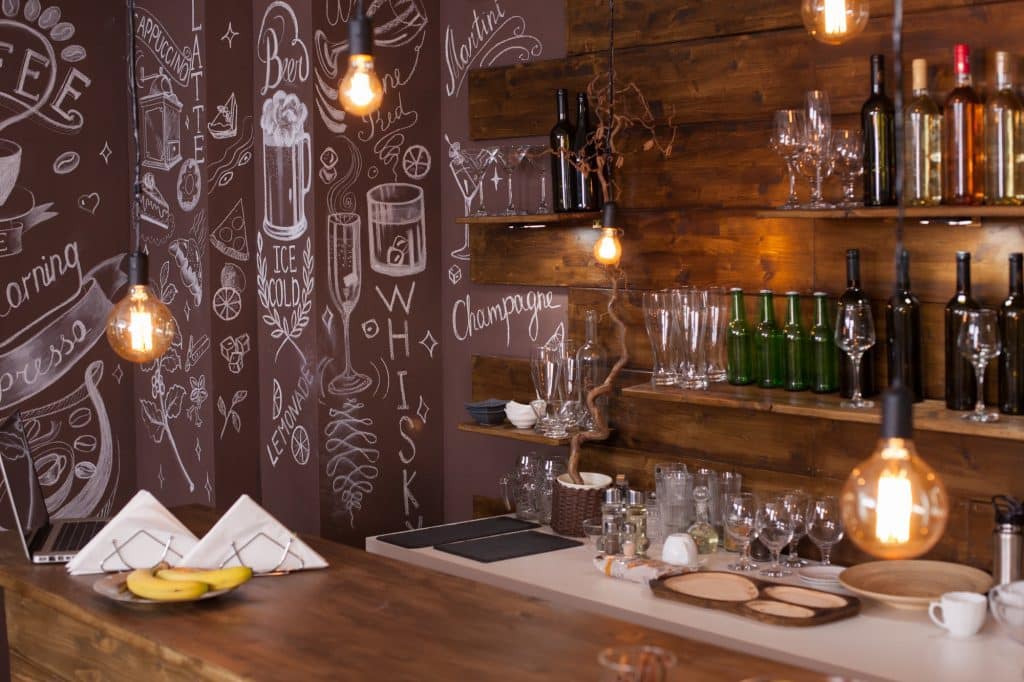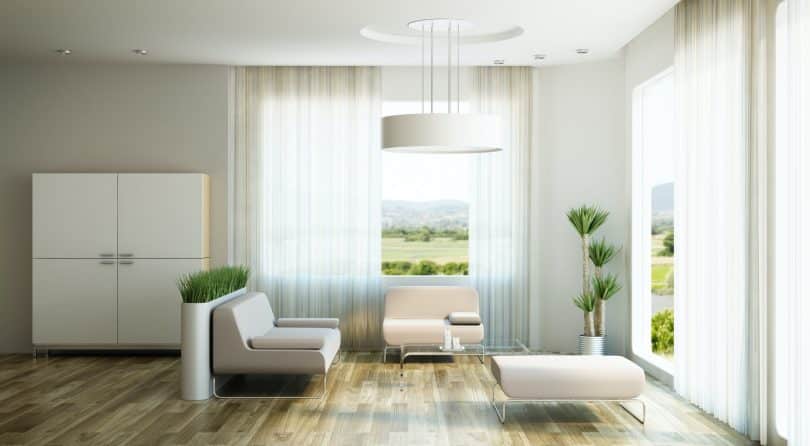Decorating a space is one thing, but approaching the project with an interior design mindset is another thing entirely. Of course, interior design is more complicated than simply painting a room, and it can be a bit harder on your budget.
Is it worth it, then? The short answer is yes, and here’s why interior design matters.

If you’re looking to start an interior design project, we recommend Canva as a great option to plan your interior design ideas. It comes with thousands of templates to get ideas from, including a mood board collage template.
Why Interior Design Matters
Interior design is about much more than decorating. It requires you to approach the project holistically and to consider how you (or someone else) will use the space.
Interior design means considering form and function in relation to space. Along with this, it requires the room to show personality and to truly reflect the people using the space.
Of course, not everyone has the same tastes. But this is why interior design matters. It’s about harnessing what someone likes and turning it into a usable, lively space.
Let’s break this reasoning down into the relevant principles of interior design to understand it more fully.
Space Matters
If you were to imagine your workplace, your favorite café, or a public building you regularly visit, it’s likely you can easily picture how it looks, and, more importantly, how it feels. If your connection is strong, you might even be able to recall certain smells or sounds that you associate with it.
Arguably, this is the power of interior design. Space is everywhere in our lives, from work to home to our social lives. We exist in different spaces, and they’re designed to make us feel certain ways.
For example, your workplace might have large windows and bright colors to make you feel energized. On the other hand, your favorite café might be darker and warmer and filled with sumptuous furniture to make you feel cozy and relaxed.
All this boils down to interior design. A good interior designer understands the function of a space and uses this to design it so that inhabitants feel a certain way.
The Layers of Interior Design
Interior design consists of multiple layers ranging from style and function to mood and emotion. Public spaces must also consider things like health and safety, which is arguably an important layer of interior design.
Again, this is why interior design matters. It goes well beyond throwing some paint at the walls and considers how everything about the space fits together.
The layers of interior design include:
- Function. This is how well a space performs its function, whatever that function may be.
- Ergonomics. A well-designed space considers how people will move within it and will make it as comfortable as possible.
- Lifestyle. This is the most subjective area, as it depends on how a person goes about their everyday lives to understand how a space will work for them.
- Unnoticeable. The best interior design elements will go ignored because they function so well. It can be as simple as positioning lights or wall outlets or something cleverer.
- Moods. A space makes us feel a certain way, which could be positive, familiar, cozy, relaxed, or energized. It does this through color, style, and accessories.
- Self-expression. Probably the hardest part of interior design is expressing personality in a space. It should reflect the user, their interests, and overall style.
The final point is why interior design matters. It should express the user’s interests, and this is even true of public spaces. For example, a café designed in a particular way will attract people who align with that style, meaning it reflects their interests.
But self-expression can be challenging for those new to interior design. After all, if you’ve never gone about this before, how do you know what you like?
The easiest way is to consider colors you like and to visit furniture and home stores. Simply list things you like and begin to form a picture in your head of what fits together.
Do some research into how to use color and texture to understand this in more detail.

Will Interior Design be in Demand in the Future?
Interior design will be in demand in the future as people become more aware of how important it is to functional, enjoyable spaces.
This is particularly true of public spaces. The COVID-19 pandemic has done many things, but one major area of change is how we use public buildings. Granted, it won’t be around forever, but for now it’ll have a big impact on function.
Arguably, interior design is already in demand. Whether as a career or just a personal interest, plenty of people are interested in how we use space and how we can maximize its function and looks.
However, the industry will need to adjust to upcoming trends, which will have an impact on how in demand interior design will be in the future. These include:
Smart Homes
Smart homes promise to massively increase the function of our personal spaces. By automating many processes, homes will become more accessible and easier to use.
This change will be reflected in the way interior designers approach future projects.
3D Printing
3D printing opens up a whole new world of shapes, colors, textures, and styles. It promises to revolutionize the options we have for detail in our pieces and is capable of making everything from furniture to accessories.
Sustainable Living
One massively in-demand area of interior design will be sustainable design and living. As more people wake up to their personal impact on the planet, there will be a greater push towards renewable materials and sustainable practices.
Interior designers will have to adjust their techniques to new materials, renewable energy sources, and eco-friendly lifestyles.
Conclusion
Interior design is about finding the right balance between function and aesthetics. This is why interior design matters: it goes well beyond color and considers a space holistically in relation to its users.
So, if you’re interested in interior design, there’s never been a better time to get on board. The industry shifts mentioned above will open up many new avenues of exploration, which will be an ideal learning curve for new users.







